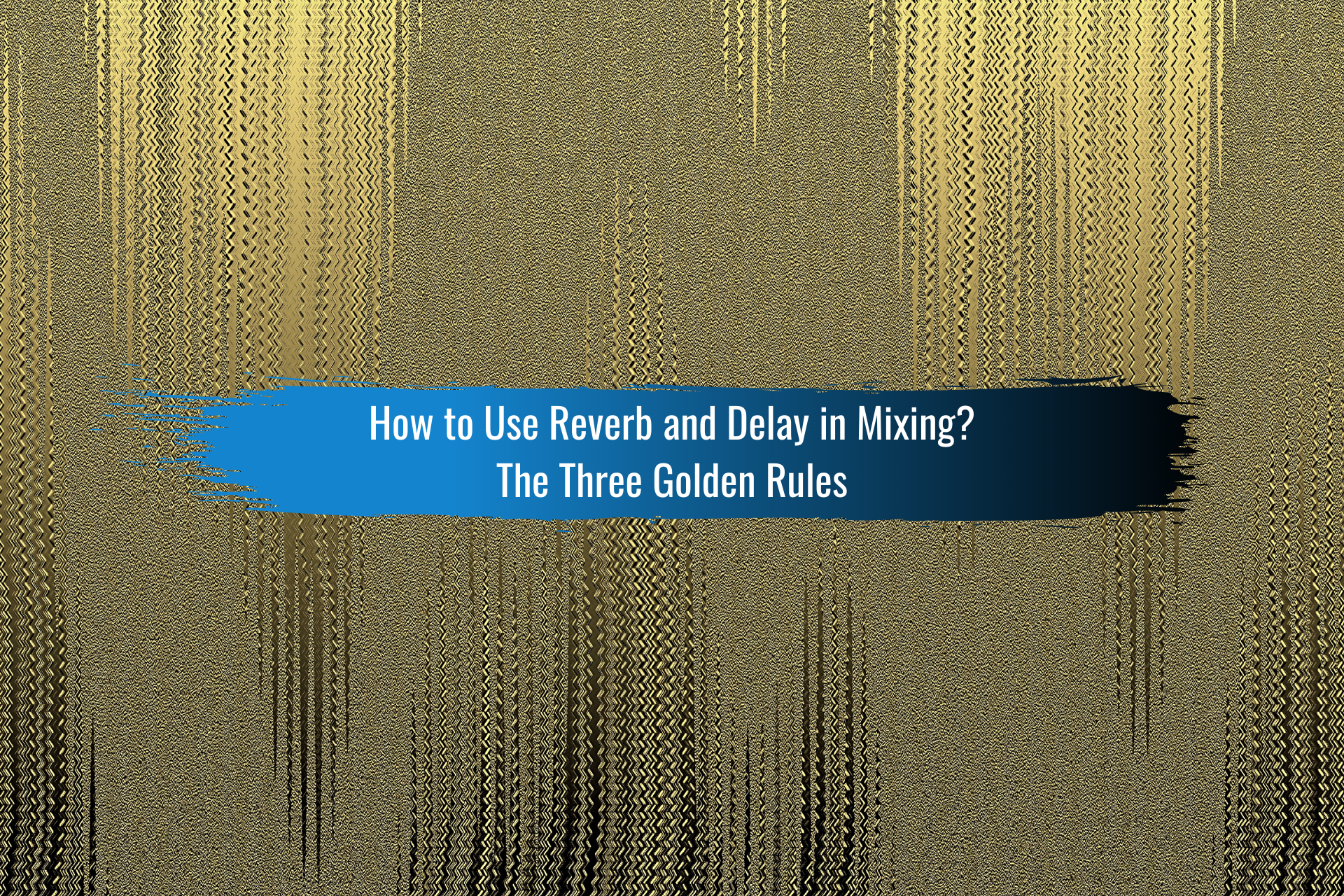
Delay effects can be set to react to either your project’s native tempo setting, or to a tempo or rate that you determine for the plugin.

If you want it to repeat eight times every measure you can do that as well, and many things above, beyond, and in between. If you want your signal to repeat once every measure, you can set it for that. A delay will take any incoming audio and repeat it (as the name suggests, it “delays” the signal), but at a set interval, and repeating as many times as you would like. Delay can be used all over productions, from snare drums to guitar and synth leads to vocal layering, delay is one of the most versatile effects in a producer’s arsenal.Īdding a delay effect to any audio will take some time and experimentation to get a grasp on. Whether you are using outboard delay effects such as guitar pedals or rackmount effects units, or in-the-box effects like plugins or other software suites, delay effects can add an extra dynamic layer to your tracks.

Before long you will start to really get a feel for what does what, and it might not surprise anyone when you find out one of the most fun, and most useful, effects to play with is the delay effect. Turn knobs, move faders, enter random numbers, see how changing one thing affects another. Whether they are plugins that you downloaded or just the ones that come stock with your DAW, sit down with them and play around with them. One of the best things you can do to take your production skills up a level is to take the time to learn about all of the effects that are included in your digital audio workstation.


A recording that has no equalization, no effects, no post-processing of any kind. There are very rare instances when someone would want to use a completely dry piece of audio.


 0 kommentar(er)
0 kommentar(er)
